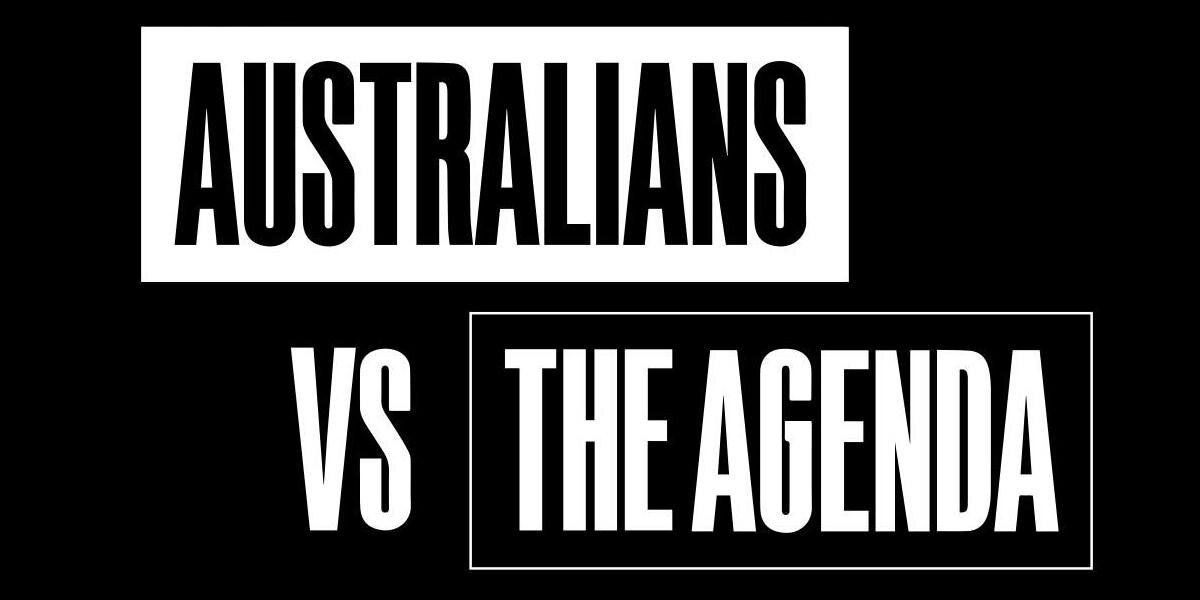The Albanese Government has announced a $100 Million ‘bird flu preparedness and vaccination response’ package.
You know Australians are in for a collective eye roll when soon-to-be former Chief Medical Officer and current head of Australia’s interim CDC, Professor Paul Kelly, steps into a press conference to announce a $100 million pandemic preparedness package for bird flu.
Initially, I was under the impression that it’s time to hide healthy chickens to protect them from the gaze of overreactive dobbers, but Australia’s current H5N1 Avian Influenza response includes a keen focus on human transmissibility.
Today, the government announced that $22.1 million of the pandemic preparedness package will be dedicated to an undisclosed amount of vaccines supplied for those deemed at "high risk" of contracting H5N1 Avian Influenza.
To briefly note the history of human transmissibility and mortality before doing a cost breakdown of the latest arbitrary use of your tax dollars. From 2003 to 22 May 2024, there have been 891 cases of human infections with avian influenza A (H5N1) recorded. Of those cases, only 463 deaths have been reported to the WHO across 24 different countries over 21 years.
Australia has not recorded any human deaths from bird flu.
Now that we’ve established a baseline mortality rate of zero in this country, and human transmission is considered rare, you can see why it’s absolutely essential for the Australian government to trust the experts and allocate $22.1 million for a new vaccine in the name of pandemic prevention and preparedness.
In fairness, the preparedness package also includes: $37 million for initiatives to protect Australian agriculture, $15 million to increase national biosecurity response capability and improve surveillance with key partners, including the states and territories, $5 million to boost biosecurity and scientific capability, including procuring vaccines for use in some captive threatened bird species. Up to $10 million will be invested in nationally coordinated communications to ensure the Australian community is informed, prepared, and protected, $7 million to enhance wild bird surveillance activities through Wildlife Health Australia to improve early detection and reporting capacity, and $35.9 million to boost environmental measures and accelerate protective action for threatened species and priority biodiversity.
When confronted by a journalist questioning public response toward another pandemic, Prof. Paul Kelly huffed, “I should have had a mental health warning when I said that word.”
“People have kind of forgotten what we went through just a few years ago,” he continued, implying disapproval toward our collective lack of interest in present-day COVID compliance.
To put it bluntly, we couldn’t forget if we tried. Many Australians are still going through an emotional, physical, and financial recovery process because of decisions made by Chief Health Officers and their directions during COVID. There has been no accountability for how disproportionate and tedious public health orders were during the first pandemic, so how could anyone expect us to hang on every word of a department that lacks the self-awareness to gracefully accept that they’ve stripped themselves of all credibility?
When confronted with potential difficulties gaining public cooperation in the event of an outbreak, Professor Kelly stated, “As we’ve seen, when you mention that word, people’s eyes actually usually glaze over—pandemic, COVID, so forth.” He went on to place a great deal of importance (up to $10 million) on clear communication being essential for ensuring compliance with H5N1 health orders.
With all due respect (none), the Department of Health and Aged Care will have to do better than a dramatic press conference full of empty platitudes delivered in cringey LinkedIn-style dialect to begin repairing their relationship with the Australian public.
So far, the H5N1 Avian Influenza response seems to be a predictable display of bureaucratic force from Australia’s leadership echo chamber and their performative experts, who simply seek a sense of importance and a pat on the back.
The reality is, there has been one case of bird flu this year involving a child traveling from India who went on to make a full recovery. Instead of sensibly keeping tabs on human transmission, the government is repeating its recent history of performative health measures to the tune of a $22.1 million deficit. All for a new vaccine supply that may well expire before the Australian public considers using it, because these days people need a little more than repetitive lip service about compliance or a mandate to roll up our sleeves in the name of public health, especially when there’s “no evidence of severe disease or disease transmission to others”.
Throughout today’s press conference, a significant emphasis was also placed on the importance of having an interim Australian CDC (formed in January 2024), as well as promotion of their ‘One Health’ initiative, described as ‘an international approach that recognises the connection between the health of people, animals, and the environment.’ This concept is said to guide the work of the interim CDC, which is aimed at improving Australia’s ‘health security’.
So far the recent song and dance surrounding bird flu looks like an attempt by the Department of Health and Aged Care to familiarise the public with ‘One Health’ framework, and normalise a consistent level of intensity when it comes to preventative health response measures.
If our cultural expectations permanently shift from disease management to disease prevention, an interim CDC could continue to operate in Australia without the need for ongoing justification, completely immune from accountability.
Watch this space.
